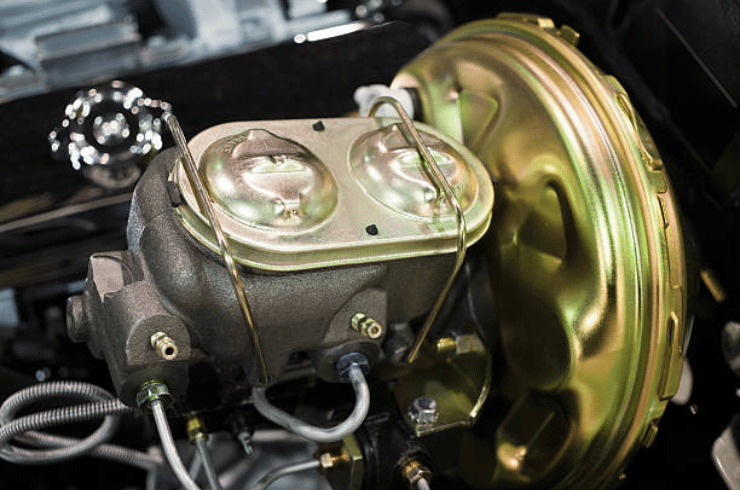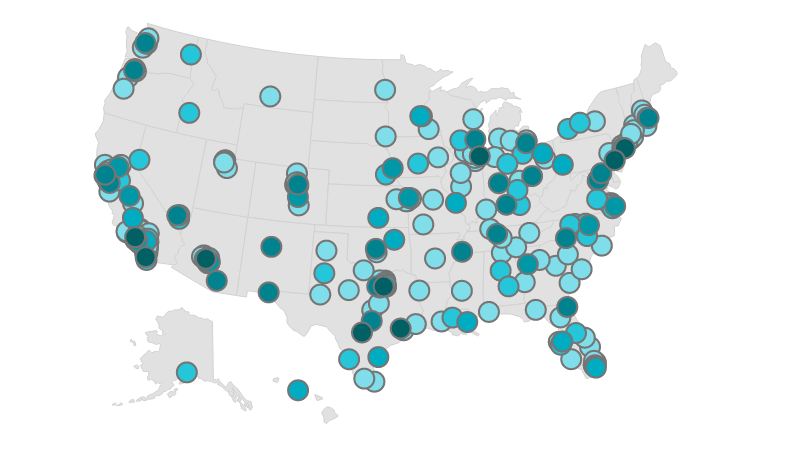What Is the Brake Master Cylinder and How Does It Work?
The brake master cylinder contains a piston that pressurizes brake fluid within the brake lines as you apply force to the brake pedal. This pressure moves pistons in the wheel cylinders, which in turn push brake pads or shoes against rotors or drums, allowing the vehicle to stop efficiently. The piston sizes in the master cylinder and wheel cylinders are carefully calibrated to provide significant stopping power with moderate pedal force. Typical brake line pressures range from 800 to 2,000 PSI depending on pedal pressure. At Nationwide Mechanics, we connect you with expert mobile mechanics who can inspect, diagnose, and replace your brake master cylinder at your convenience.
When to Replace the Master Cylinder
- External Fluid Leaks: No fluid should be visible on the master cylinder or fluid reservoir surfaces.
- Low, Spongy, or Slowly Falling Brake Pedal: Faulty internal seals can cause internal leaks, leading to reduced braking performance and a pedal that slowly sinks when pressure is maintained.
- Discolored Brake Fluid: Contaminated fluid with moisture or particulates can degrade internal seals and affect brake function.
- Brake Warning Lights: Illumination of brake system warning lights may indicate master cylinder failure among other causes.
How Mechanics Replace the Brake Master Cylinder
On vehicles with power brakes, the master cylinder is mounted on the power brake booster and connected to the brake fluid reservoir sensor. The procedure involves disconnecting brake lines and electrical plugs, unbolting and removing the faulty master cylinder. The new unit is bench-bled to expel air, installed, and connected to the brake booster and fluid lines. Brake lines must be bled to remove air and contaminants, often requiring a specialized scan tool to activate the ABS pump for systems with anti-lock brakes. After installation, all connections are inspected for leaks, and the vehicle is road tested to ensure proper brake operation.
Is It Safe to Drive with a Master Cylinder Problem?
No. A faulty master cylinder compromises braking effectiveness and safety, increasing stopping distances and risking accidents. Driving with leaks or malfunctions in this critical component is unsafe and should be addressed immediately.
Important Considerations When Replacing the Master Cylinder
Master cylinder replacement should be accompanied by a full inspection of the vehicle’s braking system to ensure optimal safety and performance. This includes verifying brake pad and shoe wear, inspecting brake lines and hoses for corrosion or damage, and evaluating the power brake booster for proper function.




